Buoyancy Aid Sizing
Making sure you choose a PFD that fits you well is crucial in making sure that it works optimally.
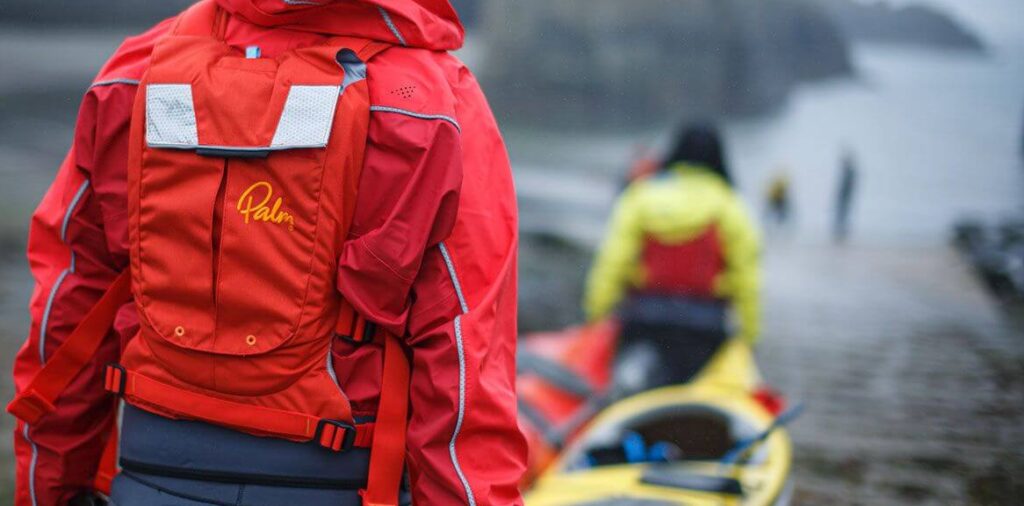
There is no doubt that a Buoyancy Aid, sometimes called a PFD, is one of the most valuable bits of paddling kit when it comes to keeping yourself safe on the water. Making sure you choose a PFD that fits you well is crucial in making sure that it works optimally.
We sell a wide range of Buoyancy Aids for all types of canoeing and kayaking, be it recreational paddling or full on whitewater, from brands such as Peak UK, Palm Equipment, Kokatat, NRS, Astral and Yak Equipment.
Buoyancy Aid vs Life Jacket
There are a couple of key differences between Buoyancy aids and Life Jackets. Foam Buoyancy Aids, as used in paddlesports, are rated to a minimum of 50N while inflatable Life Lackets are rated from a minimum of 150N. This means that any Buoyancy Aid with the 50N CE rating will povide someone with a body mass greater than 25kg with a minimum of 50N of floatation.
This table shows the different CE ratings that can be applied to floatation devices and what they mean. All the Buoyancy Aids we sell will show the 50N rating clearly on the inside of the garment, even if they provide more buoyancy than this. Normally each model will also display its own specific designed buoyancy as well.
As you can see in the image below of the inside of an XL/XXL Palm Peyto, the CE Rating logo is displayed very clearly, yet if you look at the size chart you can see that this specific model provides 70N of floatation.
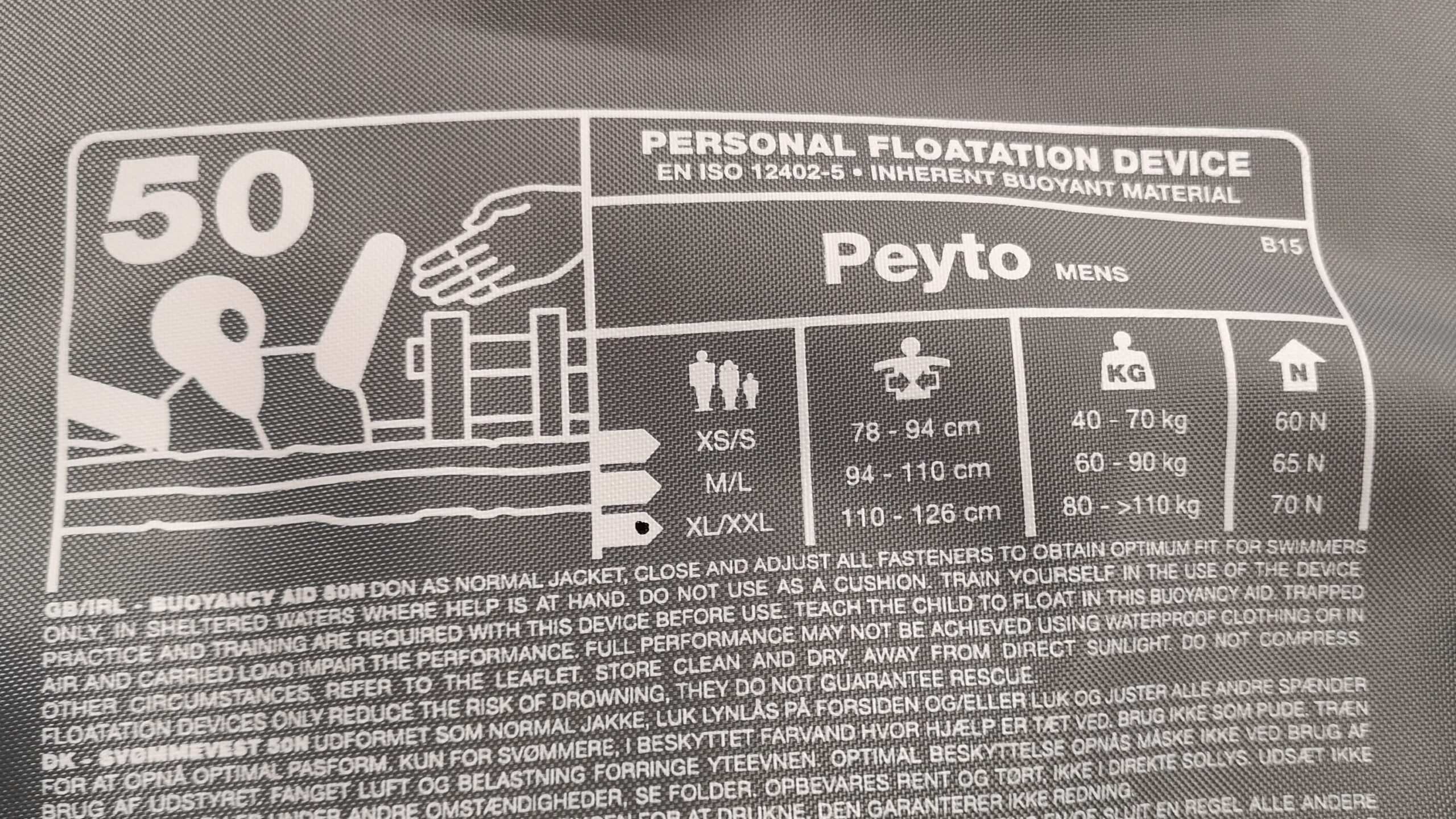
Buoyancy Aids are used in paddlesports as they still provide plenty of freedom of movement when worn, so as not to inhibit a persons participation in their activity. Essentially this means that trying to kayak in a fully inflated Life Jacket is really unfeasible and as such Buoyancy Aids are used as they strike a good balance between providing enough floatation and allowing you to participate in your sport.
Choosing a Buoyancy Aid to fit you
When buying a Buoyancy Aid, it is important that you get one that fits correctly and properly, focusing on the Buoyancy Aids chest size and not on the weight range. It is better to have a Buoyancy Aid that fits well, but says you are too heavy for, than one that is loose but more buoyant.
Check out this video with Yak Equipment that outlines Buoyancy Aid sizing and floatation.
How to fit your Buoyancy Aid
Getting a good fit in your Buoyancy Aid is incredibly important. The video below outlines the key adjustment points and in what order to do them.
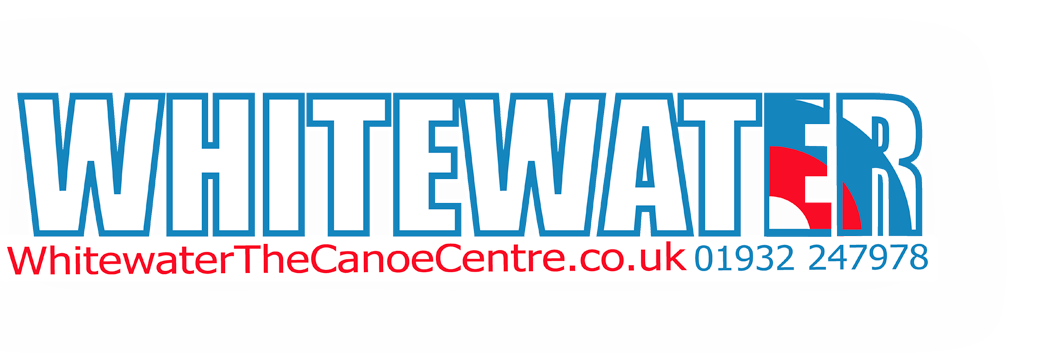

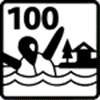
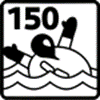
Comments
Powered by Facebook Comments